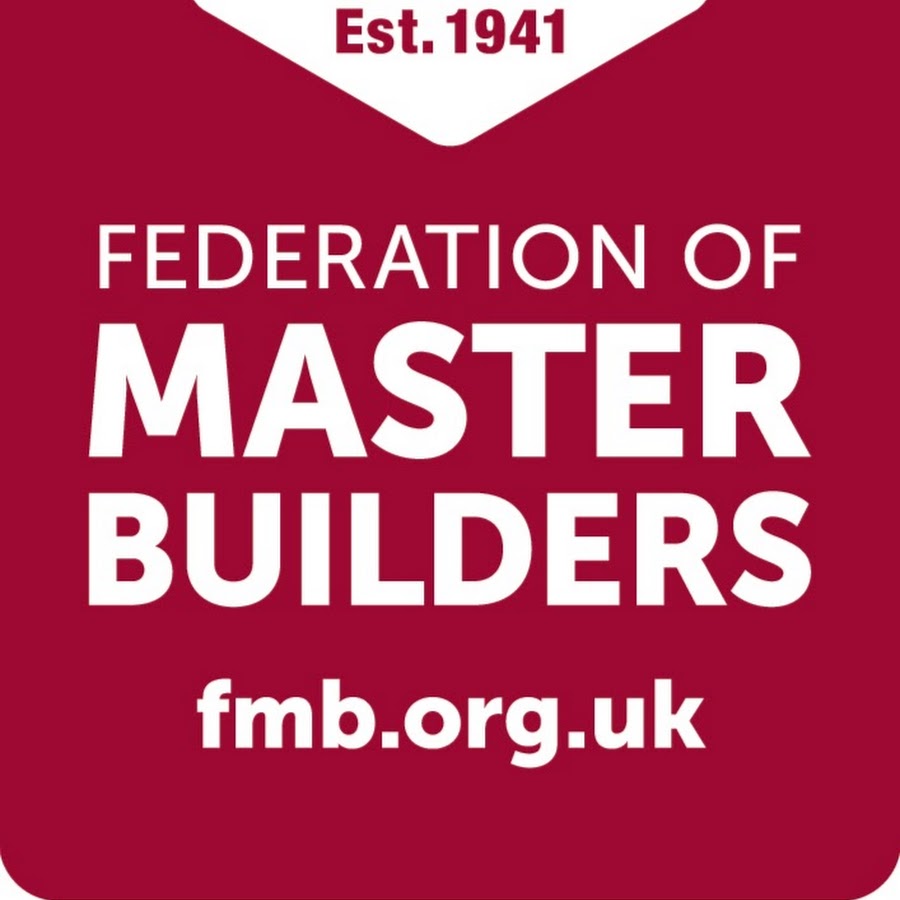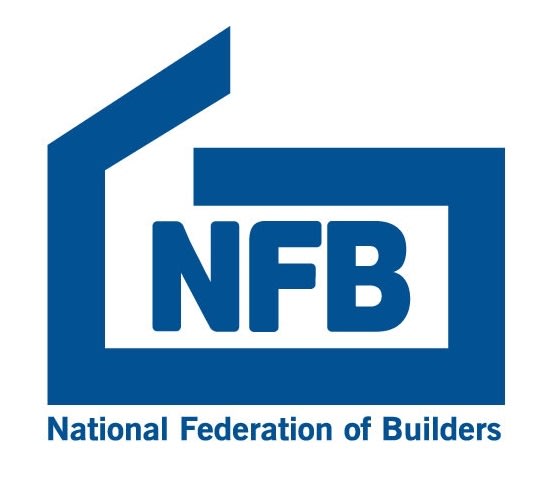
By Steve Green – Head of Knowledge Sharing, Bouygues
The construction industry is currently going through significant change as we strive to embrace digital transformation. Arguably, the introduction of BIM has forced our hand as Central Government nudged us to start the journey by embracing level 2. As a result we are told that rolls of drawings and archives full of lever arch files, all suffering water damage, could be thing of the past.
We are now employed to create a digital asset as well as the physical building!
The biggest impact of digital transformation will be felt in the field. It is here on the site, that the majority of the records that we need are created. The clipboard, the duplicate book and the A4 diary are about to become a thing of the past. Such items will be replaced by phones, tablets and laptops that can capture, share and archive a record in an instant.
So how can this new technology help the industry address one of its current key challenges – improving Site Quality?
The CE Midlands Quality & Compliance Thought Leadership Group have attempted to make this transition easier for all, by creating a simple guide to the process of selecting and implementing these digital tools into the day job.
It is a collection of shared experience and lessons learned across businesses both large and small, that will allow new comers to the technology, to make informed decisions, learn by our mistakes and leverage the benefits as early as possible.
One of the advantages of digital records is the ability to easily share, so although the guide is predominantly written for the user in the Field (Contractor and Supply Chain Partners) Clients, Employers Agents and all member of the Project Team can have access to this data, so should read the guide.
Let’s set the scene: Tech @ Housing Conference, Manchester, late June 2019. Andrew Carpenter, Chair of BIM 4 Housing and Chief Executive of Structural Timber Association, caught our attention with BIM.
In Andrew’s presentation, titled, How can technology improve risk management and building safety post-Grenfell?, he highlighted:
- The role of BIM in delivering Hackitt’s ‘golden thread of information’
- Why accurate information is so important for building and fire safety
- The challenge of culture (“we’ve always done it this way”) and why investment is necessary
If you have read any of Kreo’s blogs, you’ll know this is what we’re all about. Most of the audience were from housing associations and local authorities, many of them in facilities management (FM). There were a lot of developers there too. FM professionals are mostly better acquainted with BIM, as the information they get from a BIM model enables them to save time and money. But unfortunately, the BIM process often starts after the building has been built. Developers are usually not as aware of the advantages they can get out of BIM.
It is only since the Grenfell disaster that we have seen significant take-up of BIM across the whole construction industry. Even then, there are many misconceptions about BIM and fears over its perceived complexity.
When we met with Andrew Carpenter after the event, he encouraged Kreo to join Constructing Excellence and, by association, BIM 4 Housing. After doing so, we were able to present on the topic of why BIM is still so hard to other BIM 4 Housing members. We talked about the reasons and excuses we hear from companies for not adopting BIM. It all comes down to BIM being too difficult to take up. We suggested a solution: technology providers should make BIM easy.
Make BIM easy?
Sounds impossible, but that’s what has to happen if we want to see change. One aspect to getting BIM right is creating a BIM model as soon as you can in the project planning process. Currently, most clients and developers don’t feel comfortable with BIM. It is a lot of work, and so, it costs money. You might not even go ahead with the project, or might not get planning permission. So it’s easier to push BIM further down the project’s life cycle. But as Magomed Galaev, Kreo’s CEO & founder, told a Tech @ Housing audience, this is where the problem starts.
Digital transformation in housebuilding: threat or opportunity?
In Magomed’s presentation at Tech @ Housing, he talked about the current housebuilding process. When a project gets planning permission and the work is offered to tender, the BIM model will be, at best, RIBA Stage 2. Usually there is no BIM model at all. BIM or no BIM, the client will have spent weeks, maybe months, getting to this point. They need a basic cost and schedule estimate for main contractors to bid on.
After a contractor wins the bid, they must then reassess cost and schedule in more detail for their own subcontractor tendering process. They might create a BIM model at this point, but the cost and responsibility is shouldered by them. The client loses clarity into what their project will end up costing, how long it will take, and how it will even turn out. Both parties lose out.
Magomed’s presentation went on to highlight the disruption we will soon see to this process. Digital companies in other industries have changed processes so dramatically, they have transformed their respective industries. When this happens in housebuilding, it will be those who are complacent who will fade away. Those organisations who digitalise, or new digital companies, will reap the benefits of industry disruption. They will be the disruptors.
The cunning plan
This was the first year that the board of Homes UK had discussed BIM as an important topic for this annual event. That is why they asked BIM 4 Housing members to exhibit in a BIM Village, where the audience could find out its relevance to them.
So here’s where our plan comes in. Kreo is going to show the Homes UK audience that there are ways to start planning all new build projects with BIM. Finding the right technology is important – but finding the company who will work with them to make BIM easy is the key to success. Once more property developers start catching on to BIM, the market will have been disrupted and we’ll see the real estate and construction industries transform.
Modular design launch at Homes UK
Attendees at Homes UK will be the first to see our brand new solution: generative modular building design. The new product is in line with the topic of Modern Methods of Construction (MMC) being promoted at the event. If companies have their own modules, they can plan buildings to RIBA Stage 4 at record speed, depending on the level of detail of their modules. Plug any module into Kreo, or use Kreo’s own designs, and start planning space-optimised new buildings in minutes.
This kind of technology and manufacturing is the future when it comes to building new homes. This is already leading to lower costs in the longer term, less waste and more high-quality homes being built at speed.
Interested in a demo of the new product? Get in touch to book in time. Come and see us at Homes UK at stand H381.
















